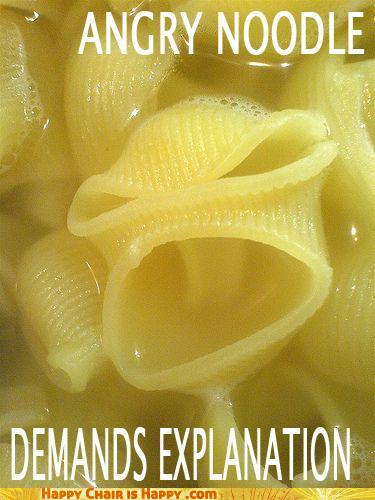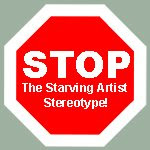So lately I’ve been seeing a lot of this particular statement:
“You draw pretty pictures all day. How hard can it be? That’s not a real job.”
Let me tell you that this particular statement on its lonesome is a fast track to getting on an artist’s bad side for many reasons. The first being it is a product of oversimplification.
Oversimplification – It is like saying that a football player just runs up and down a field. A basketball player runs up and down a court. Tennis players are just hitting a ball back and forth. A writer is just making up pretty words in random order. By making these statements, you are grossly simplifying the process of creation and action that goes with any of these respective professions.
Sure, the end product may be a pretty picture, but let me tell you, it takes a lot of effort to make a fully realized ‘pretty picture’ with a harmonious color scheme, an interesting composition, and an internal narrative! An artist’s job is to solidify those random elements into something more than the combination of its parts. If this were so easy, why aren’t you doing it? Artists are constantly learning, improving, practicing, contemplating. If they’re not, they stagnate. Being a successful artist is an ongoing process, and it takes effort.
To say nothing of how long it takes to photograph, document, organize, categorize, and list our work in online shops. I do all of this with me, myself, and I. I am my own web designer, shop manager, photographer, publicist, and cheerleader. Nobody else.
Secondly, what defines a real job? Is it making a six figure salary? Is it sitting in a cubicle pretending to be busy when your boss walks by? Is it bossing around those beneath you so you can feel important? To me, a real job does indeed involve making money, but I personally do not want fame, self-importance, or a six figure salary. I want a salary that’s well enough to afford hot water, the internet, a decent place to live, food, and maybe a fun game or two every once and awhile. It may not be the best job in the world, but doing it makes me happy and brings me a pittance of a paycheck. For me, that defines my ‘real job’. I could go be a janitor and probably make more (with benefits) but I would probably be working as hard and less happy. Every job has its own complications and positive aspects, no matter how easy or hard you think it is. It’s all in how we balance our own personal expectations.
For now, this balance works for me and that is my prerogative. We can’t forget, also, that there’s a chance that eventually I will be making six figures if I play my cards right and work hard, but that is not the most important thing in my set of life goals. Most artists don’t go into art to make gobs of money, that’s for sure!
Now let’s get back to that ‘pretty picture’ statement again. So yes, I draw angels, elves, and ‘pretty’ things. Do they have any deep societal meaning? Well, maybe not on the surface. They generally aren’t making statements on hot topics and political issues, but is the aim of bringing enjoyment to those who like to look at pretty shiny things (or read fantasy books, or watch fantasy movies, or read fiction in general) really so cheap of a goal? Have we become so caught up in the haste of our society that we can’t stop to let our imaginations wander anymore? Anything that distracts us from the goal of making money is a ‘waste of our time’?
The next time you feel like making this sort of statement either to an artist’s face or behind their backs, consider this – If being an Artist isn’t a real job, then where does every single bit of advertising, book cover, TV show, blockbuster movie, the music on the radio, and yes even the very Fonts we look at every day come from? How can the world be surrounded by Art all the time and not appreciate the work that goes behind it? It’s baffling to me. Maybe we’re spoiled by the fact we see it every day and know little behind the process and hard work that goes into it?
I shudder to think what the world would be like if that Zombie Apocalypse happens and we are left without the ability to fill our world with these amazing things we take for granted. It will be a dark world, indeed!
But who knows, maybe we’d have an appreciation for things then? That would be something…

